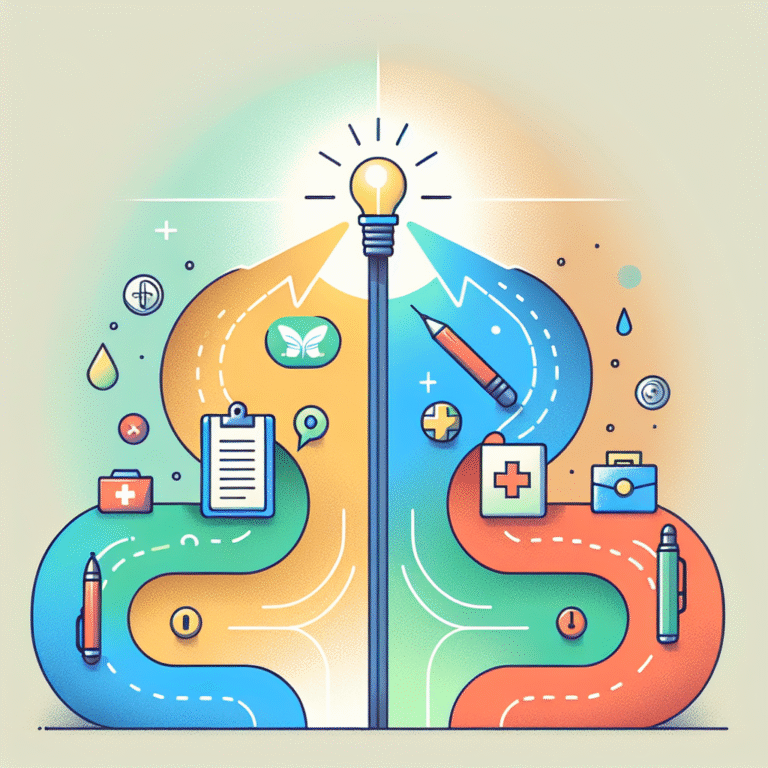Introduction
Imagine this: you’re driving down a busy highway, and suddenly, a driver cuts you off. Your heart races, your palms sweat, and a surge of anger bubbles to the surface. But have you ever paused to consider why you reacted that way? Understanding the Mind Behind the Wheel: Insights from Traffic Psychology offers a profound exploration into the psychological factors that shape our behavior on the road. In a world where traffic accidents claim thousands of lives every year, grasping the intricacies of driver psychology is not just relevant—it’s essential.
In this article, we will delve deep into the realms of traffic psychology, revealing how emotions, behavior, and societal influences converge behind the wheel. Through invaluable insights, case studies, charts, and a touch of human experience, we will explore how understanding our minds can lead to safer, more responsible driving.
The Psychology of Decision Making
The Split-Second Choice
Every time we hit the road, we are faced with numerous split-second decisions. These decisions are influenced by a variety of factors:
- Emotional State: Stress, anger, happiness, and fatigue can cloud judgment.
- Risk Perception: Each driver assesses the risks differently—what may seem risky to one may feel acceptable to another.
Case Study: New York City Traffic
In an extensive survey of NYC commuters, researchers found that those who commute during peak hours demonstrate higher levels of stress, leading to riskier driving behaviors. This understanding of how emotional states play a role is crucial in developing strategies to promote safe driving.
Table 1: Emotional States and Driving Behavior
| Emotional State | Common Behaviors | Impact on Driving |
|---|---|---|
| Stress | Aggressive driving | Increased accidents |
| Anger | Impatience | Tailgating, road rage |
| Happiness | Carefree driving | Decreased vigilance |
| Fatigue | Slower reactions | Increased likelihood of accidents |
Understanding Aggressive Driving
The Roots of Road Rage
Aggressive driving is a significant concern on today’s highways. Research indicates a troubling correlation between daily stressors and road rage incidents. But what drives this aggression?
- Social Influence: Observing aggressive behaviors in others can normalize dangerous practices.
- Traffic Density: Studies suggest that as traffic congestion increases, so does the likelihood of aggressive behavior.
Case Study: The Road Rage Project
In a comprehensive study analyzing over 1,000 instances of road rage, researchers found that the majority of incidents stemmed from personal stress and the observed behavior of other drivers. This emphasizes the importance of understanding interpersonal dynamics in traffic psychology.
Chart 1: Factors Influencing Aggressive Driving
Hypothetical data representation for illustrative purposes.
The Role of Environmental Factors
Navigating the Environment
The physical environment significantly impacts driver psychology. Factors like road conditions, signage, and weather all contribute to drivers’ mental states.
- Road Conditions: Poorly maintained roads can lead to anxiety, making drivers more prone to errors.
- Weather Influence: Adverse weather affects visibility and road grip, altering decision-making processes.
Case Study: The Impact of Weather on Driving
A study from the National Highway Traffic Safety Administration (NHTSA) demonstrates that rainy conditions lead to a 60% increase in accident rates. Understanding the psychological responses to various weather conditions can foster better preparedness among drivers.
The Importance of Driver Education
Training the Mind
Understanding the Mind Behind the Wheel: Insights from Traffic Psychology highlights the pressing need for enhanced driver education programs. Traditional driver training often focuses on laws and regulations, but what about the psyche of the driver?
- Behavioral Training: Programs that target emotional regulation can reduce aggressive behaviors.
- Conflict Resolution: Teaching drivers how to handle road rage and stress efficiently can significantly improve overall road safety.
Case Study: Defensive Driving Programs
A multi-state initiative demonstrated that drivers who completed defensive driving courses exhibited a 20% decrease in traffic violations. This indicates a promising avenue for utilizing traffic psychology in education.
The Future of Traffic Psychology
Innovations in Technology
The future of driving is not just about road rules but also about technological integration. Advanced Driver-Assistance Systems (ADAS) and artificial intelligence (AI) can revolutionize how we think about driver safety.
- Behavior Prediction: AI can analyze driving patterns and forecast potential risks, suggesting real-time adjustments for drivers.
- Enhanced Safety Features: Integrating psychological insights into vehicle design can create safer driving environments.
Analytics and Data-Driven Decisions
The influx of data in traffic management can inform better practices and policies. Understanding driver behavior through data analytics can lead to targeted interventions and improved traffic flow.
Case Study: Smart Traffic Systems
Cities employing smart traffic systems that adapt in real-time based on driver behavior have seen a 30% reduction in congestion-related incidents.
Conclusion
Understanding the Mind Behind the Wheel: Insights from Traffic Psychology empowers us to see the roads not just as conduits of transportation but as mirrors reflecting human behavior. By unraveling the psychological and emotional factors at play, we can cultivate safer driving habits, advocate for better education, and design smarter technologies for the future. As we navigate this complex landscape, remember: the next time you’re behind the wheel, your mind plays a significant role in the outcomes of your journey. Let’s drive with awareness and mindfulness, fostering a culture of safety and responsibility on our roads.
FAQs
1. What is traffic psychology?
Traffic psychology studies how emotional, cognitive, and social factors influence driver behavior and traffic-related decisions.
2. How does stress affect driving?
Stress can impair judgment, reduce reaction times, and increase aggressive behavior, leading to higher accident rates.
3. Can driver education improve safety?
Yes, targeted driver education that incorporates psychological insights can significantly reduce risky behavior and accidents.
4. What role does technology play in traffic psychology?
Technology can help predict driver behavior, enhance safety features, and improve overall traffic management through data analytics.
5. How can I drive more safely?
Stay aware of your emotional state, be mindful of road conditions, and consider taking defensive driving courses to enhance your skills.
By embedding these insights and explorations into your driving habits and societal practices, we can foster a safer community and ultimately contribute to lowering the staggering statistics of road incidents. Let’s embrace Understanding the Mind Behind the Wheel: Insights from Traffic Psychology as a key to a brighter, safer driving future.














